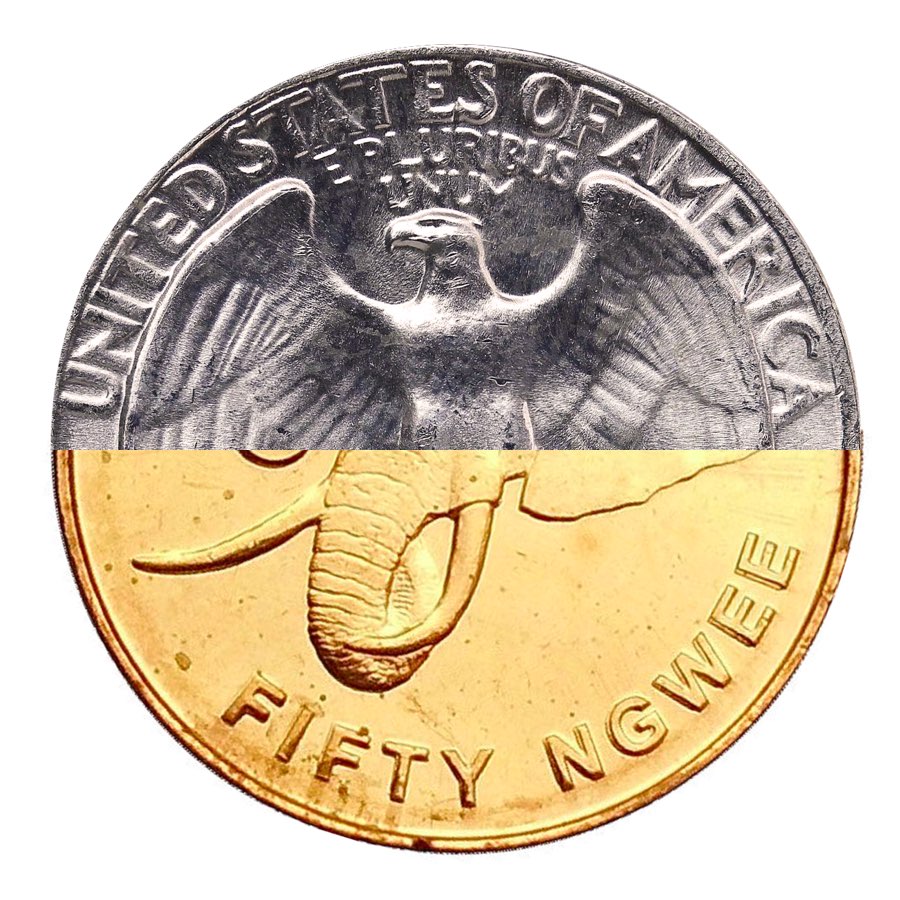There is a lot that needs fixing right now. There is a lot of injustice, a lot of suffering, and a lot of inequity. A lot of work to be done.
If you’re lucky enough to be in a position that you can donate something to organizations doing that work, there is no time like the present. But it can be difficult to decide exactly which organization to contribute to. There are a lot of good fights, and countless groups fighting them.
Do you fund activists in Minneapolis because you’re rightly furious about what is happening, or relief efforts in your own backyard because your community is your responsibility, or organizations fighting climate change because it’s a species-level threat, or groups distributing mosquito nets because Bill Gates says they prevent the most suffering per dollar, even though you’re watching a nation tear itself apart and really don’t care about mosquito nets right now?

It can cause a bit of analysis paralysis.
Maybe you give to all the causes you care about, or the first one that hits home for you each month, or you use some other philosophy that guides what you donate when. If you have an approach that is working for you, then awesome.
But if the paradox of choice has fuelled a bit of procrastination or inconsistency in your charitable acts, I have a suggestion that may help get you unstuck: Choose an amount to give. Give half of it near, and half of it far.
The parameters are up to you. Maybe you give $5,000 to Doctors Without Borders, and $5,000 to an indigenous rights organization in your city. Maybe you give $20 to a group in Minneapolis, and $20 to fighting climate change. The point is to break the loop of being overwhelmed by choice, and pick a couple places you can put your money to work.
As a bonus, you could consider evaluating how much impact your dollars – or euros, or whatever – might have. There are organizations that attempt to answer this question. For example in Canada, Charity Intelligence attempts to score charities on factors like demonstrated impact, financial transparency, need for funding, and what percentage of donations go to overhead costs. This is of course an inexact science – it’s a lot easier to demonstrate a local outcome like housing somebody in need than than a historic outcome like helping get a law changed. Still, it’s worth considering where your dollars are going, and avoiding a loop where donations primarily fund a marketing machine, rather than a change engine.
That said, the most important step is doing something. When we’re overwhelmed, making simple rules for ourselves can help. Don’t let the size of it all push you into doing less than you can.